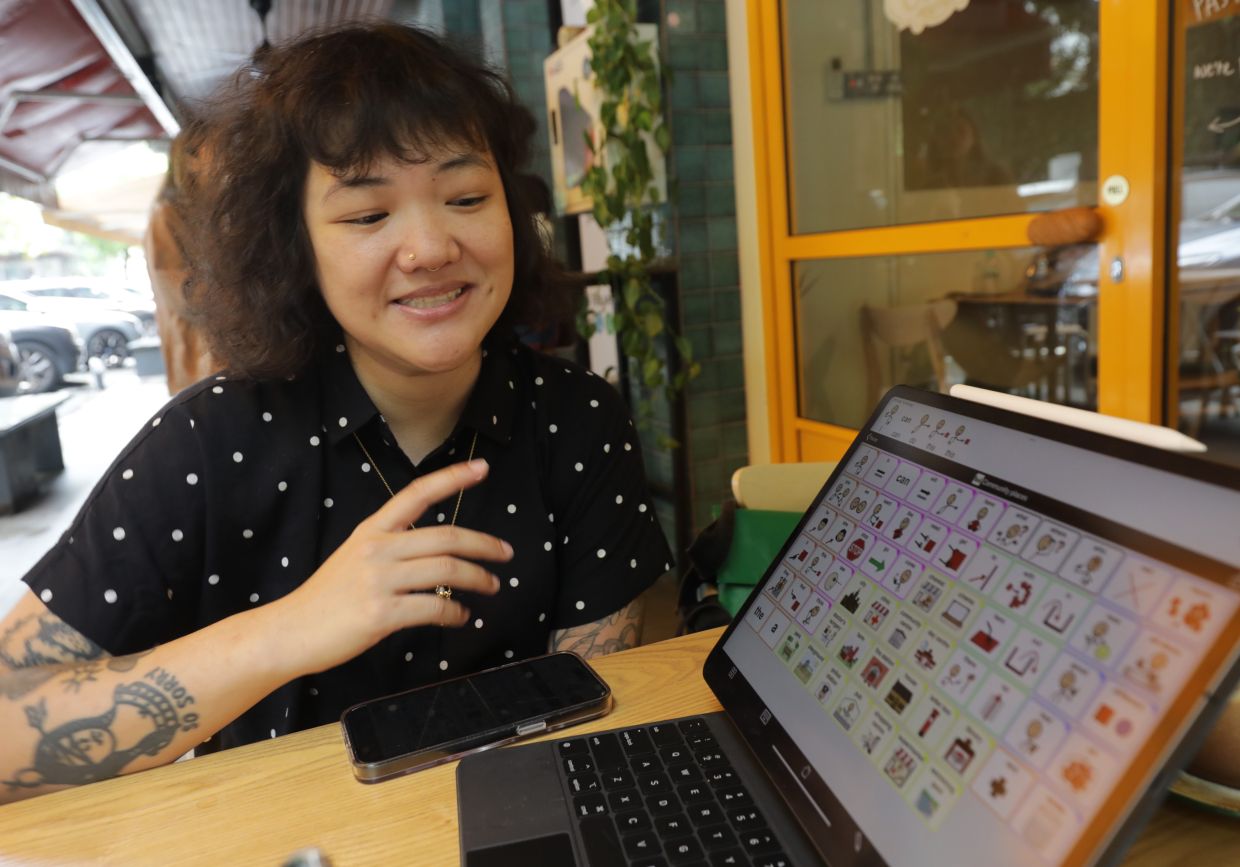Mindful Tech Innovations Supporting Neurodiverse Individuals’ Needs
Mindful Tech Support for Neurodiverse Needs
In an age dominated by rapid technological advancements, innovation isn’t just about flashy gadgets or the latest smartphone apps. It’s about ensuring that everyone, especially neurodiverse individuals, can benefit from these innovations. So, what does “mindful tech” really mean, and how is it reshaping the lives of those with diverse cognitive profiles? Let’s dive deep into this fascinating topic.
Understanding Neurodiversity
Before getting into the nitty-gritty of how tech can support neurodiverse individuals, let’s quickly clarify what neurodiversity is. Think of it like this: just as we celebrate diversity in culture and ethnicity, neurodiversity embraces the myriad ways our brains can function. It includes conditions like autism, ADHD, dyslexia, and more. Each comes with its unique strengths and challenges, which is why it’s vital to approach technology with a mindful perspective.
Why Mindful Tech?
So, why is mindful tech important for neurodiverse individuals? It’s simple. The digital world can be overwhelming, packed with a whirlwind of information and sensory inputs. Mindful tech seeks to create tools and platforms that cater specifically to the unique needs of these individuals. It’s not enough to make tech accessible; it should also be accommodating, reducing stress and enhancing overall well-being.
The Role of Mindful Tech Innovations
Let’s explore some impressive tech innovations that are making waves in supporting neurodiverse individuals. These tools aim to empower, facilitate communication, and enhance learning experiences.
1. Customized Learning Platforms
Imagine walking into a classroom where the teaching style is tailored just for you. Sounds amazing, right? That’s precisely what customized learning platforms offer.
- Adaptive Learning Technology: These platforms analyze a student’s progress and tailor the curriculum to fit their learning speed. It’s like having a personal tutor who knows exactly how you learn best.
- Gamified Learning: By incorporating game-like elements, these platforms turn lessons into engaging quests, making it easier for neurodiverse students to focus and absorb information.
2. Communication Aids
Communicating can sometimes feel like trying to solve a Rubik’s Cube while blindfolded, especially for neurodiverse individuals. Thankfully, technology has stepped in with some awesome tools:
-
Augmentative and Alternative Communication (AAC) Apps: These user-friendly apps help individuals express themselves with symbols, images, and text-to-speech features. They’re like a bridge that connects thoughts to words.
-
Visual Schedules: For those who thrive on routine, visual scheduling apps help breakdown daily tasks and provide a clear visual representation of what’s next. It’s like handing someone a roadmap for their day!
3. Sensory-Friendly Devices
Have you ever experienced sensory overload? It can feel surreal, like a thousand voices are simultaneously shouting at you. Sensory-friendly tech aims to alleviate this overwhelm:
-
Noise-Canceling Headphones: A lifesaver for those overwhelmed by auditory stimuli, allowing users to tune out the chaos and focus on what matters.
-
Wearable Tech: Devices that monitor physiological signals can help individuals manage anxiety and stress in real-time by notifying them when it’s time to take a breather.
4. Virtual Reality (VR) Experiences
Picture this: you’re in an immersive world where you can practice real-life scenarios in a safe space. VR has the powerful ability to create simulated environments that are incredibly beneficial for neurodiverse individuals.
-
Social Skills Training: VR can provide simulated social situations, enabling individuals to practice and develop their social skills without the pressure of the real world.
-
Stress Relief Journeys: Some platforms offer calming virtual environments designed to reduce anxiety and promote relaxation, resembling digital vacations!
Tech Innovations That Boost Daily Living
Daily tasks, from groceries to online banking, can sometimes feel daunting. Here are some innovative solutions that make everyday living easier for neurodiverse individuals:
1. Task Managers and Reminders
How many times have you forgotten a simple task? That can be frustrating! Task management apps designed with neurodiverse individuals in mind can be life-changing:
-
Visual Task Boards: These boards are colorful, interactive, and make planning fun. They simplify to-do lists into simple, visual tasks, which can alleviate overwhelm.
-
Voice-Activated Assistants: Siri, Google Assistant, and others allow users to set reminders, search for information, and control smart home devices without needing to navigate complex menus.
2. Mindfulness and Relaxation Tools
Calming the mind can be quite the challenge. Fortunately, technology is here to help:
-
Meditation Apps: With guided meditations tailored to various needs, these apps can serve as a sanctuary for those looking to unwind and refocus.
-
Breathing Exercises: Some apps offer breathing techniques and exercises which can help manage anxiety and bring individuals back to the present moment.
Making Tech More Inclusive
As we innovate, it’s crucial to ensure that these tools are designed with input from neurodiverse individuals. This can lead to tech that is not only accessible but truly beneficial.
Collaboration in Design
Involving neurodiverse individuals in the design process is key. Their feedback can help pinpoint potential issues and enhance usability. It’s like having your favorite friend fix your recipe—it just tastes better with their input!
Ongoing Education
Tech companies should also prioritize education about neurodiversity within their teams. Understanding the lived experiences of neurodiverse individuals can lead to innovations that address real needs.
Conclusion
The tech world is rapidly evolving, and with it comes the potential to create supportive environments for neurodiverse individuals. By focusing on mindfulness and understanding the diverse needs of unique cognitive profiles, we can leverage technology to enrich lives, simplify everyday tasks, and foster a greater sense of community. It’s an exciting time to imagine the possibilities!
As we continue to invent, iterate, and enhance the tools at our disposal, let’s remember that technology isn’t just about making things easier; it’s about making them more inclusive and supportive for everyone. Together, we can build a tech landscape that reflects the vibrant diversity of human experience.
FAQs
1. What is neurodiversity?
Neurodiversity is the concept that neurological differences, such as autism and ADHD, are part of human diversity and should be recognized and respected.
2. What qualifies as mindful tech?
Mindful tech refers to technologies designed thoughtfully to meet the unique cognitive and sensory needs of neurodiverse individuals, aiming to enhance their well-being.
3. How can technology support communication for neurodiverse individuals?
Communication aids like AAC apps and visual schedules can facilitate expression and understanding, making it easier for neurodiverse individuals to communicate their thoughts and feelings.
4. What role does virtual reality play in supporting neurodiverse needs?
VR can provide safe, controlled environments for practicing social skills and relaxing, serving as an effective tool for training and stress relief.
5. How can companies ensure their tech is inclusive for neurodiverse individuals?
By collaborating with neurodiverse individuals in the design process and prioritizing ongoing education about neurodiversity within their teams, companies can create more inclusive products.






